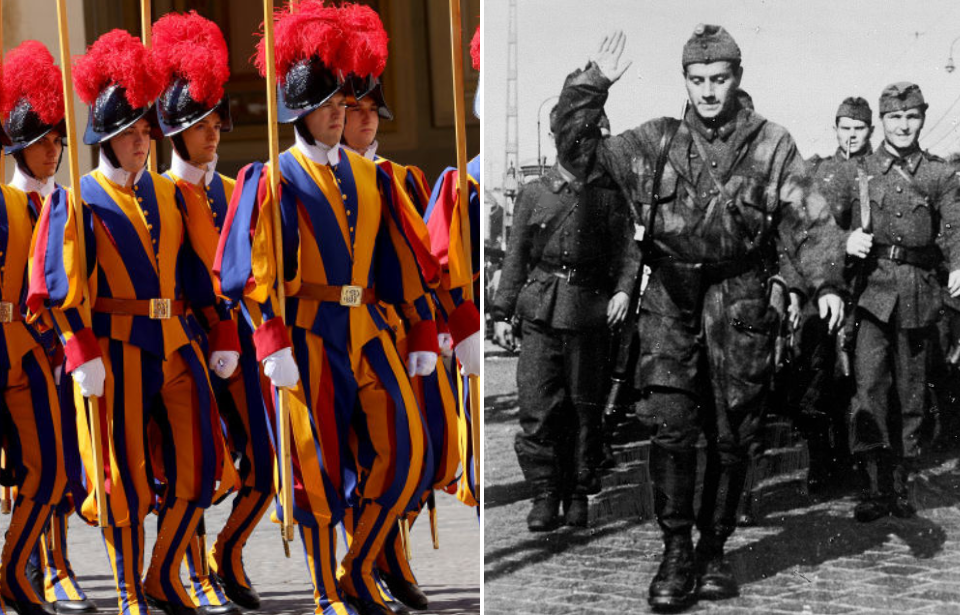Intimidation plays an important part in conflict, as do teamwork and skill. The most fearsome military units in history combined these three traits, as well as ferocity, to defeat armies that were often much bigger than them. The following list shows exactly why the majority of soldiers never wanted to meet these groups in battle.
Winged Hussars
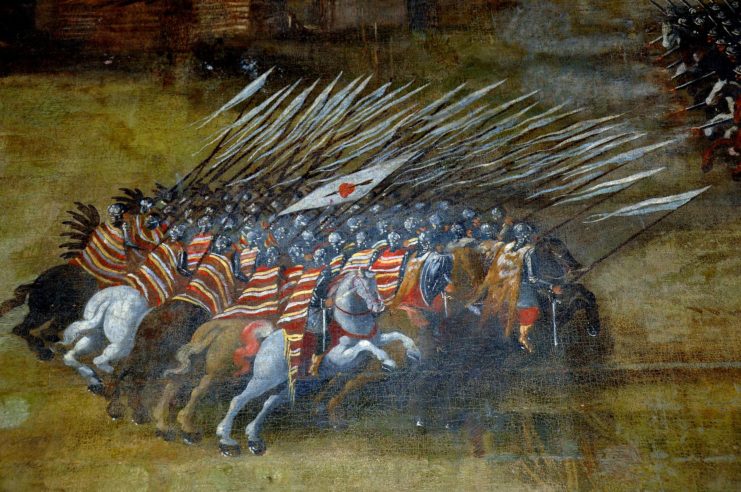
The Winged Hussars fought for Poland and the Polish-Lithuanian Commonwealth for approximately 200 years, though this fearsome military unit formally disbanded in 1776. The cavalry, which began as a force primarily made up of exiled Balkan warriors, was known for the wide variety of weapons they had in their arsenal (pistols, lances, maces, etc.) and their deadly war tactics.
Named for their large rear wings, the Winged Hussars fought against Russian, Swedish and Ottoman forces with shock tactics. The group’s most famed battle was the Siege of Vienna in 1683, during the Ottoman-Habsburg Wars. They, alongside troops from the Holy Roman Empire, led the largest cavalry charge in history against 150,000 Ottoman soldiers. Despite their significantly lower numbers, the charge was successful, and the Hussars repelled the enemy troops.
This was similarly seen during the Battle of Hodów in 1694, when 100 Winged Hussars and 300 Towarzysz pancerny took on 40,000 Tatar soldiers. Over the course of six hours, the Polish forces fought off repeated attacks from the Tatars, ignoring calls to surrender. In the end, the Tatars retreated, giving the Hussars an incredible victory.
Janissaries
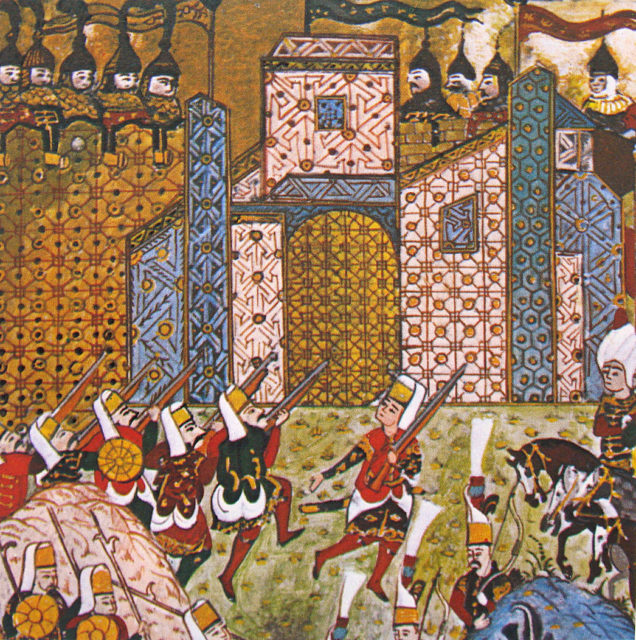
At first, the Janissaries were made up of soldiers from countries conquered by the Ottoman Empire, and were part of the first standing army following the Fall of the Roman Empire. Taken as children, converted to Islam and unable to marry until the age of 40, the group was known for its cohesion, morale and fierce fighting style. Over time, individuals were able to buy their way into the units as a way of improving their family’s standing and wealth, as they were paid a salary.
Janissaries were expert archers and adopted firearms into their arsenal upon their development. They were always led into battle by the Sultan, who himself feared them, and took part in all major Ottoman battles, including the Fall of Constantinople in 1453 and the 1516-17 Ottoman-Mamluk War. Their primary goal in battle was to protect the Sultan, and their numbers were made up of smaller expert teams, including engineers and technicians, sappers, explosives experts and sharpshooters.
In service since 1363, the Janissaries were disbanded in 1826, having solidified their status as one of the most fearsome military units in history.
Landsknechts
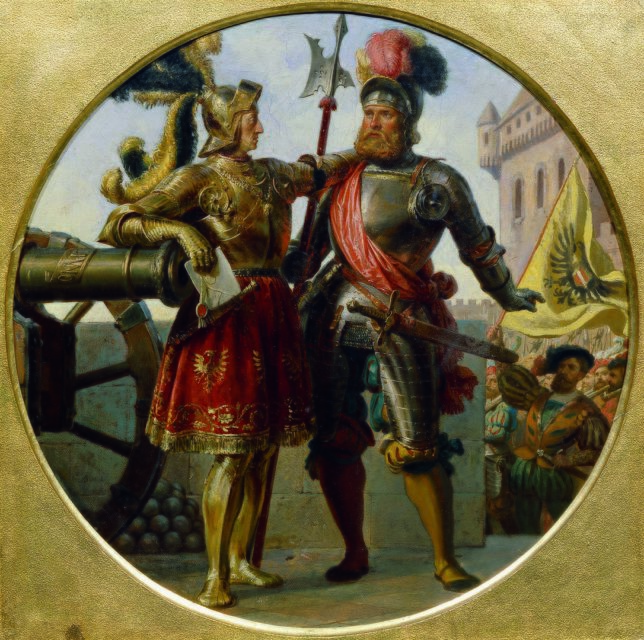
While the Landsknechts were of German origin and made up the majority of the Holy Roman Empire’s Imperial Army, they didn’t only fight for the German Army. The heavily-armed and fantastically disciplined mercenaries could be hired by anyone with enough money, and as long as they were paid, they provided a significant service.
The Landsknechts formed during a time when European nations were beginning to adopt a system similar to that of the Swiss Pikemen. However, while they tended to copy the Pikemen’s tactics, what made them different was the size of their pikes, with historians noting them for being the longest ever.
They took part in several battles throughout the Early Modern Period. The Landsknechts captured King Francis I of France during the Battle of Pavia in 1525 and beat back the Ottomans during the 1529 Siege of Vienna. The mercenaries were also responsible for the Sacking of Rome in 1527.
Fallschirmjäger
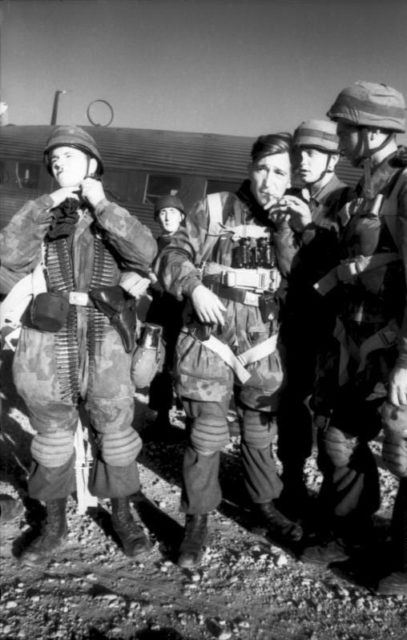
The Fallschirmjäger sound like a group from Norse mythology and there’s a reason for that. The Führer often tried to connect German forces to myths. The Luftwaffe branch was an elite group of paratroopers that operated during the Second World War, and they were without a doubt one of the most fearsome military units of the conflict.
The Fallschirmjäger‘s first operation was during the German invasion of Poland in September 1939, and its members were also dropped in during the Battle of the Netherlands and the Norwegian Campaign. On the Eastern front, they took on the Red Army during the Siege of Sevastopol, while on the west they were credited with the rescue of Italian Prime Minister Benito Mussolini in 1943.
Their most famous moment, however, occurred in May 1940, when they took Fort Eben-Emael in what was the world’s first ever gliderborne attack. Despite the supposed “strongest fortress in Europe” being manned by 1,200 Belgian troops, 493 German soldiers took the structure and forced the French and British to withdraw from the Belgian interior. It also allowed the Germans to push the Allies back to Dunkirk.
Caroleans
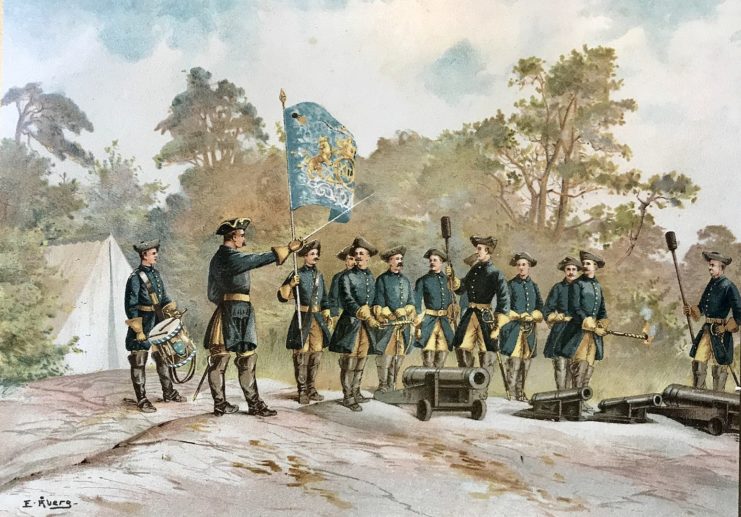
In 1860, Swedish King Charles XI made a point of completely reforming his army. He did this through an allotment system, where farmers were required to provide troops and arms. The result was a large and enormously disciplined fighting force.
The Caroleans were known for their capabilities in battle and regularly defeated larger armies. They were skilled musketeers, grenadiers and swordsmen who used shock tactics in the field. Known as gå-på, these methods had a psychological effect on their enemies, who often became unsettled before physical combat occurred – some even ran away before fighting could get underway.
While under the reign of Charles XII, the Caroleans’ luck ran out. During the Great Northern War of 1700-21, the Swedish forces were essentially wiped out by the largely Russian Army.
Arditi
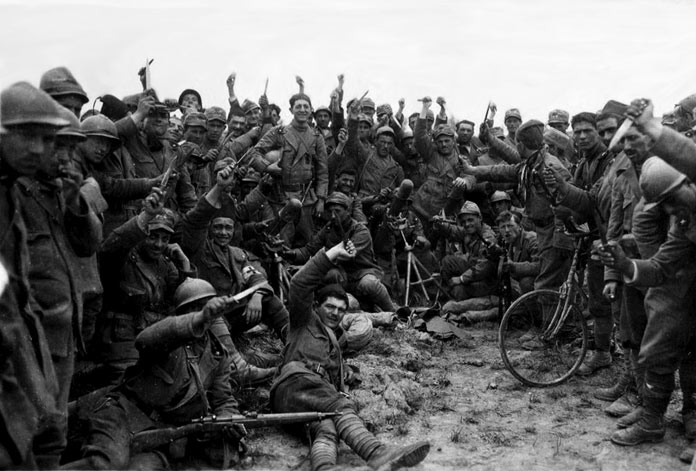
The Arditi are without a doubt one of the most fearsome military units from the First World War – and it’s not just because they had a reputation for being “the most feared corps” by the armies they fought against. Similar to the German Sturmtruppen, this elite group of Italians served as shock troops, and were selected for their fierce nature and bravery in battle.
The Arditi were tasked with invading enemy trenches, to prepare the path for an infantry advance. Trained in fencing and hand-to-hand combat, they would often kill enemy soldiers with daggers and hand grenades, and won a number of engagements during the three years they operated. Typically, the last thing their opponents saw was a dagger clenched between the Arditis‘ teeth, ready to be plunged into them.
Of all the offensives the Arditi participated in, their biggest success came during the Battle of Vittorio Veneto, where they broke through the river Piave and allowed for a final victory against the Austrian forces. The unit was disbanded a few years after the war, but today’s frogmen are seen as their successors.
Swiss Pikemen
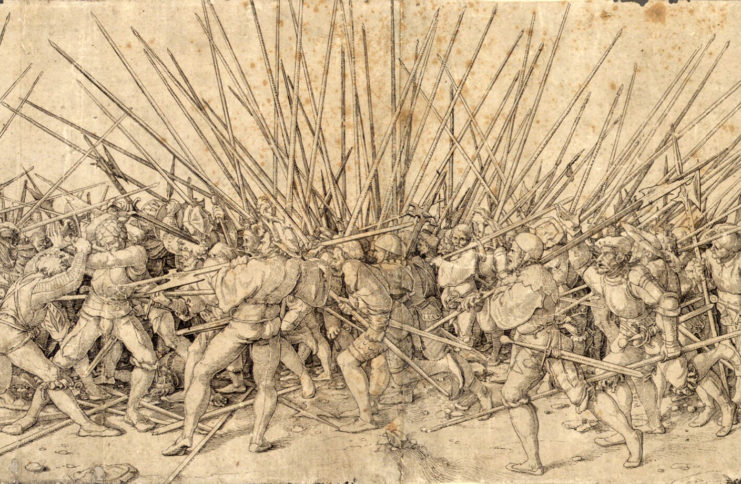
Considered the most fearsome group of medieval mercenaries, Swiss Pikemen are definitely not out of place on this list of military units. Their history dates back to the 1300s, when Switzerland split from the Holy Roman Empire and its cantons declared the Swiss Confederacy. They made a name for themselves with the defeat of the forces under Leopold I, Duke of Austria during the Battle of Morgarten, and were soon regarded as some of the fiercest fighters in Europe.
The key to the Swiss Pikemen’s success was their tactic to keep advancing, regardless of what they came up against. They approached battle in columns, which consisted of pikemen, halberdiers and double-handed swordsmen. One of their most famous engagements was against the Habsburg monarchy and King Louis XI of France, when 1,200-1,600 pikemen took on 30,000 enemy troops. They lost the engagement, but the battle forced Louis to call off his invasion.
While the mercenaries became obsolete with the advent of gunpowder and other advances, one unit still exists: the Vatican’s Swiss Guard. However, unlike in the Middle Ages, they serve a more ceremonial role.
Sacred Band of Thebes
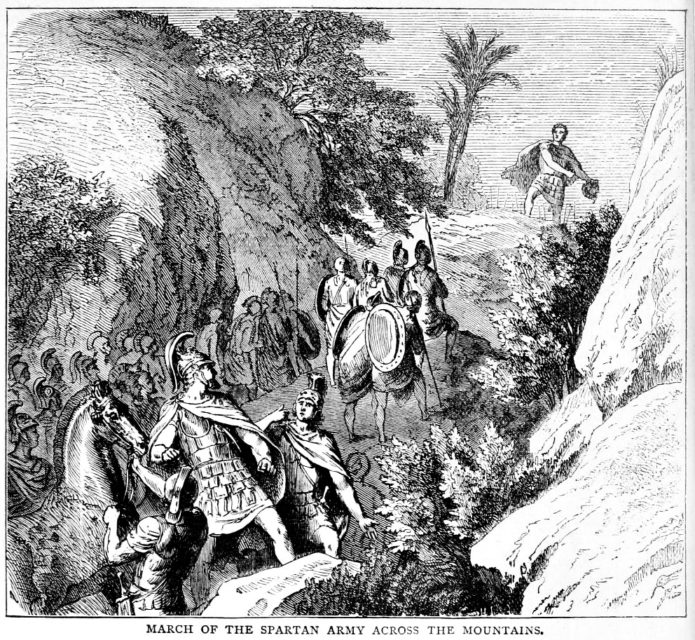
The Sacred Band of Thebes is one of the older and more non-traditional groups on this list. The 300 men that made up this fearsome military unit were chosen based on skill and merit, and their roster was made up of 150 pairs of male lovers.
Once the Thebans hit the battlefield, they achieved significant success. Their most famous battle was at Leuctra in 371 BC, where they helped defeat the Spartans, ending years of domination. Prior to that, they took part in the Battle of Tegyra, when 300 infantrymen and 200 cavalrymen took on between 1,000-1,800 Spartans. They won the engagement, marking the first time the Spartans had been defeated by a numerically inferior enemy.
The Sacred Band’s time came to an end in 338 BC, when they were defeated by Philip II of Macedon’s forces during the Battle of Chaeronea. The King was assassinated two years later.
Welsh longbowmen
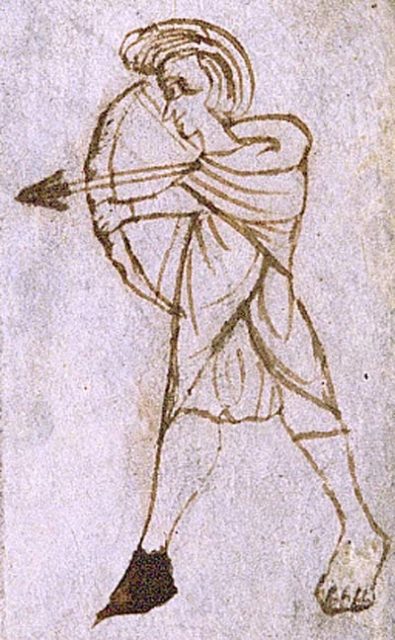
The longbow was first used by the English and Welsh starting in the 14th century, and can trace its origins to the Welsh bow. Upon its introduction, it didn’t take long for the weapon to become an effective tool against opposing armies. The dominant period for the Welsh longbowmen took place between 1250-1450, until the longbow’s use tapered off with improvements in technology.
Welsh longbowmen were highly skilled, and while their training was largely non-existent at the beginning, they did receive better instruction as the quality of medieval armor improved. An arrow shot from a skilled longbowmen could easily puncture steel from a distance.
The Welshmen who wielded longbows saw great success during the Middle Ages. They won a number of battles during the Hundred Years’ War, with their most famous engagement during the conflict being the Battle of Agincourt, when between 6,000-9,000 soldiers, the majority longbowmen, fought against 20,000-30,000 Frenchmen. When all was said and done, the English and Welsh forces were victorious, inflicting 6,000 casualties and capturing another 700-2,200 French soldiers.
Varangian Guard
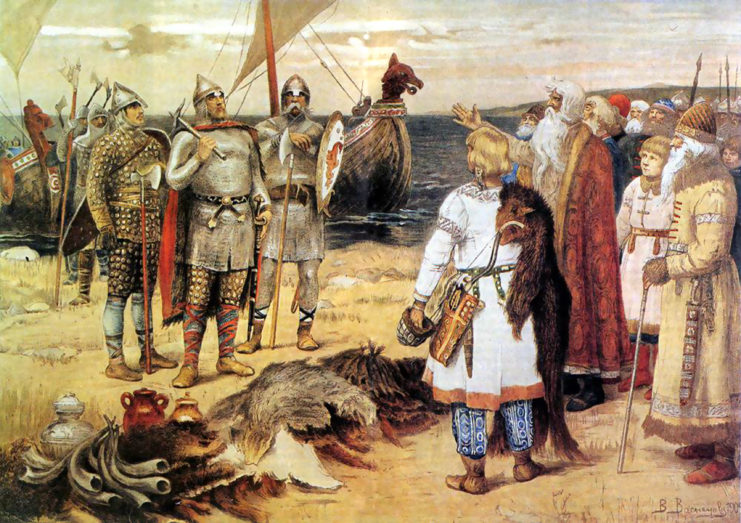
The Varangians were Vikings who traveled through what is now Eastern Europe during the ninth and tenth centuries. They were among the most fearsome military units of the Byzantine Empire, serving as both a mercenary group and the Emperor’s guard, entering battles at crucial moments to secure decisive victories.
Among their most notable offensives were naval expeditions against Italy (936) and the Emirate of Crete (949). They also participated in the partial reconquest of Sicily in 1038 and the Battle of Cannae, the latter of which was a decisive victory for the Byzantines.
More from us: Historic Deception and Camouflage Techniques Used By Militaries
The Byzantines were first introduced to the Varangians in the tenth and eleventh centuries, during wars with the Rus. By the end of the 13th century, the Varangians had largely been assimilated by Byzantine Greeks. The Guard remaining in existence until around the mid-1300s.
